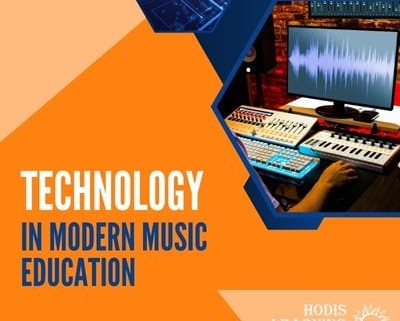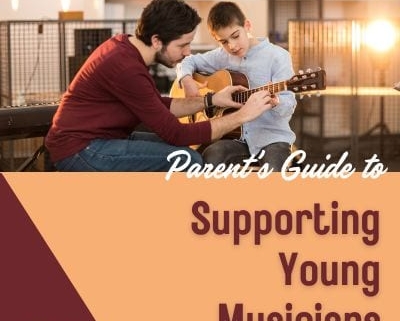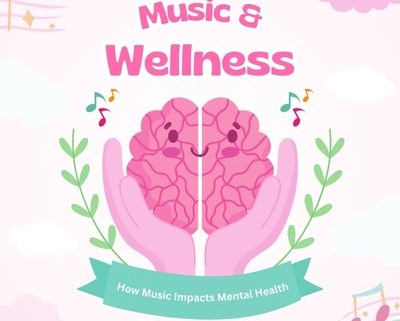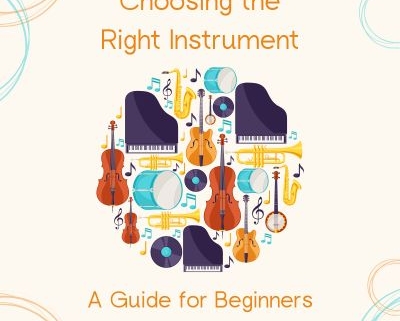In today’s world, technology is reshaping almost every aspect of our lives, and music education is no exception. From learning instruments online to using software that can fine-tune compositions, technology has expanded the possibilities for students and teachers alike. Whether you’re a beginner or an advanced musician, embracing these innovations can enhance your learning experience and provide new opportunities for growth. Let’s explore how technology is making a difference in music education.
Online Learning Platforms
Online music lessons have become a game-changer for students who might not have access to in-person instruction. Platforms like YouTube, Zoom, and Skype offer easy access to professional instruction, no matter where you live. These platforms provide flexibility, allowing students to learn at their own pace and review lessons as needed. This digital shift also opens up opportunities for students to learn from experts across the globe, without the constraints of geography.
Music Apps and Tools
From tuning apps to digital metronomes, there’s an app for nearly every aspect of music education. Tools like GarageBand and Ableton Live allow students to record and produce their own music, while platforms like EarMaster and Tenuto help with ear training and music theory. These interactive tools make practice fun and allow for immediate feedback, encouraging more consistent and focused learning.
Interactive Software and AI
With AI-powered tools like SmartMusic, students can practice their instruments alongside digital accompaniments that adapt to their tempo and skill level. Some programs even offer real-time feedback on pitch and rhythm, allowing students to correct mistakes as they practice. This means students can make significant progress between lessons with the aid of technology.
Virtual Instruments and Digital Composition
For aspiring composers and producers, technology has opened up a world of possibilities. Virtual instruments provide access to sounds and effects that would be otherwise out of reach. Music notation software, like Finale or Sibelius, lets students compose and arrange music digitally, experimenting with different instruments and arrangements without needing an entire orchestra in the room. This democratization of music creation means students of any level can begin creating and sharing their music.
Collaboration Across Distances
One of the most exciting advancements in music education is the ability to collaborate with other musicians, no matter where they are. Programs like Soundtrap or Kompoz allow musicians to work on projects together in real time, despite being in different cities or even countries. This kind of collaboration fosters creativity and exposes students to a wide range of musical styles and techniques they might not have encountered otherwise.
How Technology Enhances In-Person Lessons
While technology provides amazing tools for practice and exploration, it’s important to remember that apps and online platforms can’t replace the personalized guidance that a professional music teacher offers. A teacher not only tailors lessons to your specific needs but also helps you develop the correct techniques and habits that might be harder to grasp with technology alone. Digital tools can complement your learning, but a skilled instructor provides invaluable feedback, support, and motivation, helping you overcome challenges that technology might not address.
At Hodis Learning & Music, we combine the best of both worlds, offering expert instruction along with the latest music technology. Whether you’re interested in learning piano, guitar, voice, or any other instrument, our lessons are designed to engage students and make learning fun. We welcome students of all ages and skill levels to experience the joy of music with us. Call us or submit a form to begin music lessons today.
